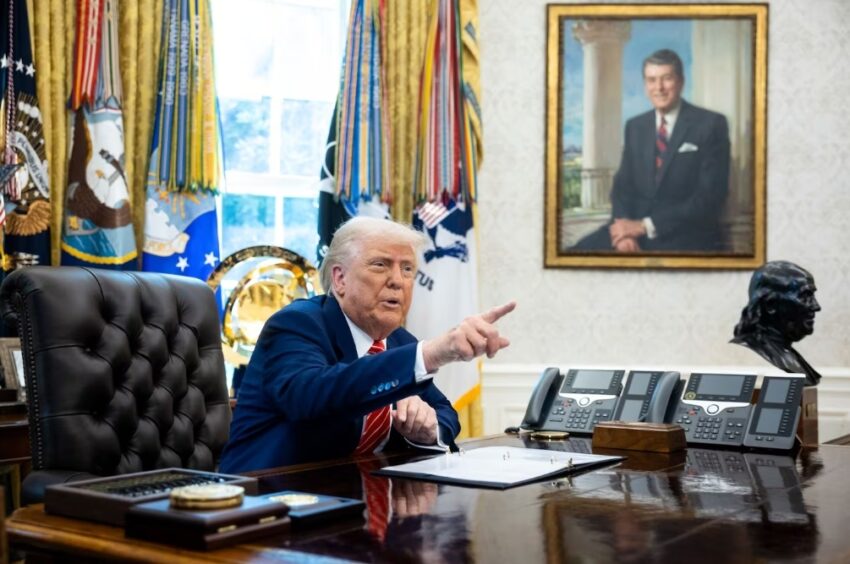In a significant shift in the economic debate over trade and taxation, the Congressional Budget Office (CBO) has released projections showing that recent U.S. tariff increases will reduce federal deficits by $2.8 trillion over the next decade.
This surprising estimate lends powerful support to the Trump administration’s claim that tariffs can effectively pay for tax cuts, particularly its newly proposed extension of the 2017 tax reform package.
The CBO’s analysis paints a clear fiscal picture: between the $3.67 trillion in reduced revenue from Trump’s proposed tax cuts and the $1.25 trillion in federal spending reductions, the new legislation would increase the deficit by about $2.4 trillion.
But thanks to the robust revenue generated from tariffs implemented between January and mid-May 2025 — including 30% duties on Chinese goods, 25% on autos, auto parts, steel, and aluminum, and a 10% general tariff on most imports — the deficit reduction from tariffs alone outpaces the cost of the tax cuts.
The CBO expects $2.5 trillion in increased customs revenue and $500 billion in savings on interest payments due to reduced borrowing. Even after accounting for the economic downsides of protectionist policies — like a projected 0.6% drop in GDP by 2035 and temporary inflation of 0.4% in the next two years — the result is a net $2.8 trillion improvement to the deficit.
For years, economists have warned of the dangers of tariffs, arguing they reduce growth, increase consumer prices, and invite retaliation. But the CBO’s report upends that narrative, at least fiscally. While the report acknowledges some short-term macroeconomic drag, it notes the damage is “modest, frontloaded, and mostly reversible.”
Critically, the CBO highlights that the current tariff structure includes no broad exemptions, unlike previous rounds. This increases predictability — and revenue. Challenges in court remain unresolved, but for now, the tariffs stay in force.
Proponents of the new tariff regime say the CBO underestimates long-term gains. They argue that onshoring U.S. manufacturing could drive productivity and improve the composition of the labor market by replacing lower-productivity service jobs with higher-productivity manufacturing work. If that plays out, the GDP effects could actually swing positive in the long run.
Moreover, the fiscal case becomes even more compelling if tariffs generate foreign concessions or more favorable trade terms. That trade leverage, coupled with the budget impact, positions the tariff package not merely as a punitive tool, but as a strategic fiscal instrument — one with the dual benefit of generating revenue and strengthening American industry.
The post CBO Releases Report On Trump Tariffs appeared first on Patriot Newsfeed.
Click this link for the original source of this article.
Author: Mark Stevens
This content is courtesy of, and owned and copyrighted by, https://patriotnewsfeed.com and its author. This content is made available by use of the public RSS feed offered by the host site and is used for educational purposes only. If you are the author or represent the host site and would like this content removed now and in the future, please contact USSANews.com using the email address in the Contact page found in the website menu.








